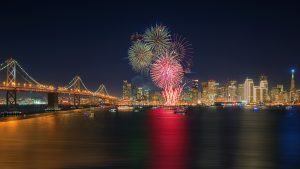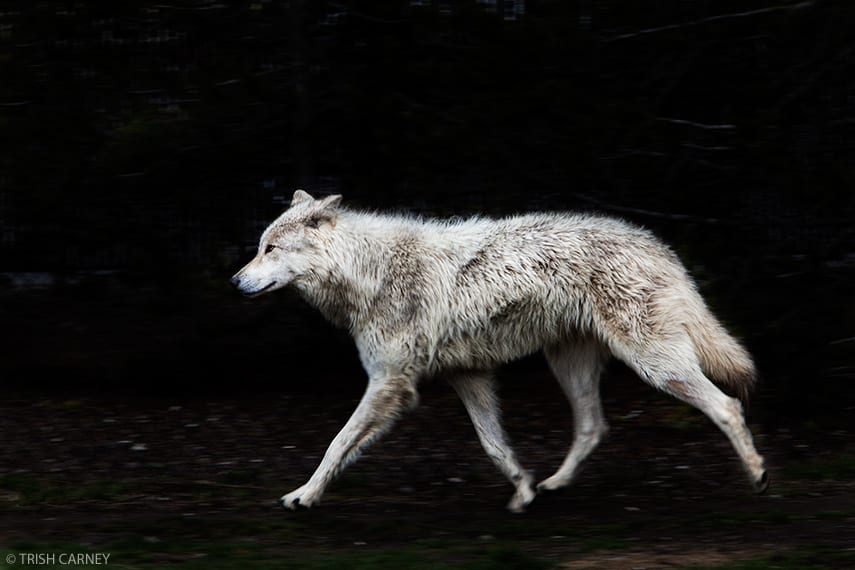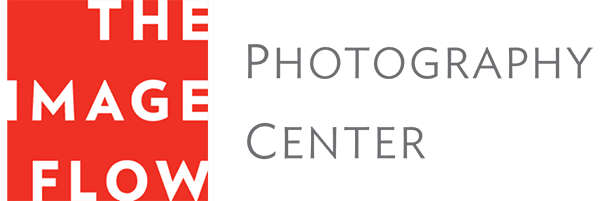

Following is an excerpt from a conversation between independent curator Anne Veh and Trish Carney, a visual artist living in Marin County, California.
On a warm July afternoon, Trish Carney and I met in Mill Valley to talk about her new body of work from her time in Yellowstone National Park this May when she journeyed there for a two-week pilgrimage to observe wildlife.
Before we sat down to talk, we ventured off on a nature walk to Stolte Grove, a hidden gem in Mill Valley I refer to as the “secret garden.” As we approached the trailhead, I noticed Trish’s pace was slow and deliberate. She would stop occasionally and casually point out the local wildlife, a tiny juvenile hummingbird perched on a telephone wire, a red tailed hawk camouflaged amongst the cedar pines. Her keen sense of observation and sensitivity to sound was astonishing. “This is what fascinates me.” She pointed to a shaded spot in the meadow, “I could easily sit under those trees for four or more hours and just watch the hawk. Who was the hawk communicating with? There were no other birds in sight, but his call was loud and insistent. After several minutes, the hawk jumped to a higher branch, spread his wings and flew across the valley, continuing to broadcast his seemingly urgent call. At that moment, I thought, perhaps we should have conducted this interview in nature! As it was, warm and relaxed from the afternoon hike, we returned to my back porch and sat down to discuss her work.
Anne: What first inspired you to sit in nature?
Trish: It is something I have always liked to do since I was a kid. But as the interest in going outside with the intent to make image happened after grad school. During art school, I studied drawing and mixed media practices. I always had a camera and I used it primarily to document my artwork or to take reference photos to work from. After grad school I did not have a studio space and I went through a period of not producing any new work. I got tired of making excuses, so I picked up my camera and began exploring the outdoors. Once I looked at being out in nature as being in my studio I got right back into visually responding to what I saw in nature and making images. My first photographs developed into a series called “How do I apologize?” The photographs were portraits of animals found dead; the majority featured road-killed animals that I found on a two-mile stretch of road near my home. At the time, I was reading Barry Lopez’s Apologia, an essay exploring the moral and emotional upheaval he experienced during a cross-country road trip where he frequently stopped and removed road-killed animals from the roadways. I was moved and inspired by the essay and I attempted to make a series about respect, or the lack of it, for the animals that were just trying to get across a road to live their lives. The photographs were done in an artful way, mostly close up details of the fallen creatures using shallow depth of field. My perception of animals as beautiful and worthy was central to my aesthetic concerns in that particular body of work. What I was trying for in those pictures was a combination of beauty, sadness and a sense of reverence. This series was also the catalyst for embracing animals, wildlife as my subject.
Anne: What touches me about your work is the deep respect and sensitivity you have for animals and their environment, You seem to experience a real sense of place. In the stillness, you become part of the environment.
Trish: It’s a continual practice of being accepted and not invading another’s privacy without permission and trying to be accepted by the place as well as by the creature. I’ll let the animal or person determine how much I get to watch, observe, and photograph. Reading body language and knowing when to back off is crucial. Sometimes I don’t photograph at all and I just try to learn something about my subject. It is not always about coming home with an image. It’s a delicate balance of respect and restraint.
Anne: Respecting their habitat, their needs.
Trish: Yes, it always comes down to respect and not interfering with their life cycles. To me, it’s a long-term relationship I am trying to cultivate. Granted it is a very one-sided relationship. The animals I observe and photograph have no desire to have anything to do with me but I do want to be in relation with them and I want to visually honor their presence, their importance.
Anne: So much of our land has been developed and wilderness areas are few and far between. The wild is sacred land. In reading about your Yellowstone work, I was taken by your words, “ A place where I seek wildlife, solitude as well as the kinship with the like-minded nomadic tribe who are as drunk as I am with enthusiasm to witness wolf, bear, and all that is wild.” I think of the nomadic tribes, and the indigenous spirit; they listen and are guided by the wisdom of the land. It’s following an inner knowing, whatever form it takes, intuitively leading them to where they need to go. It’s honoring that spirit.
Trish: Yes, in a place like Yellowstone, the folks I cross paths with are all there because we are all passionate about the wild spirit. And we all want to experience, celebrate and to learn from the wild. People from really different walks of life and, most likely with very different politics along with many other differences, but the common thread connecting us all is our deep love for and belief in wild places and the wildlife that inhabit those lands. This passion for the wild becomes a path to follow and to embrace. And it instructs on how to live and with whom.
Anne: It’s in all of us, but we have forgotten. We’re having to find our way back. Your work is so powerful in what you don’t say or show, you sense it, you feel it, without having to say or talk about it.
Trish: Thank you.
Anne: I want to talk about your recent body of work with the owls. I was astonished to learn that these photographs were taken at dusk, in really low light when you can see just a silhouette of a shape, but not quite pitch-black darkness. I imagine you sitting in stillness, trusting and listening, and honing those skills to commune with nature, to the point when you knew intuitively when to snap that picture. This becomes a powerful practice that I can imagine informs you on many levels.
Trish: Yes. Patience, intuition, instinct, perseverance and all the time spent in observation of a subject informs and helps me anticipate what might happen and to be ready for those fleeting moments. When I am photographing in low light I think I am trying to portray the feeling of night and the essence of creatures during the transition time of light to night.
Anne: What comes to mind is the need to create a new language, a kind of shared understanding. We don’t know how to articulate it yet, but it’s a deep respect, an honoring that begs the question, how do we coexist?
Trish: Yes. Exactly. How do we co-exist? How do we see ourselves in relation to our wild neighbors? How do we live and share the planet with the rest of life? We need to not see nonhuman life as lesser than us or as simply vermin. We need to make room for wildlife so that they can live their lives. I think I am coming to terms with my subject. I always think of my subject as being about wildlife but I think what I really want to do is make work about respect and reverence and connection or the lack thereof. Where one puts their attentions is where one puts their love. I want to make images that speak to that.

